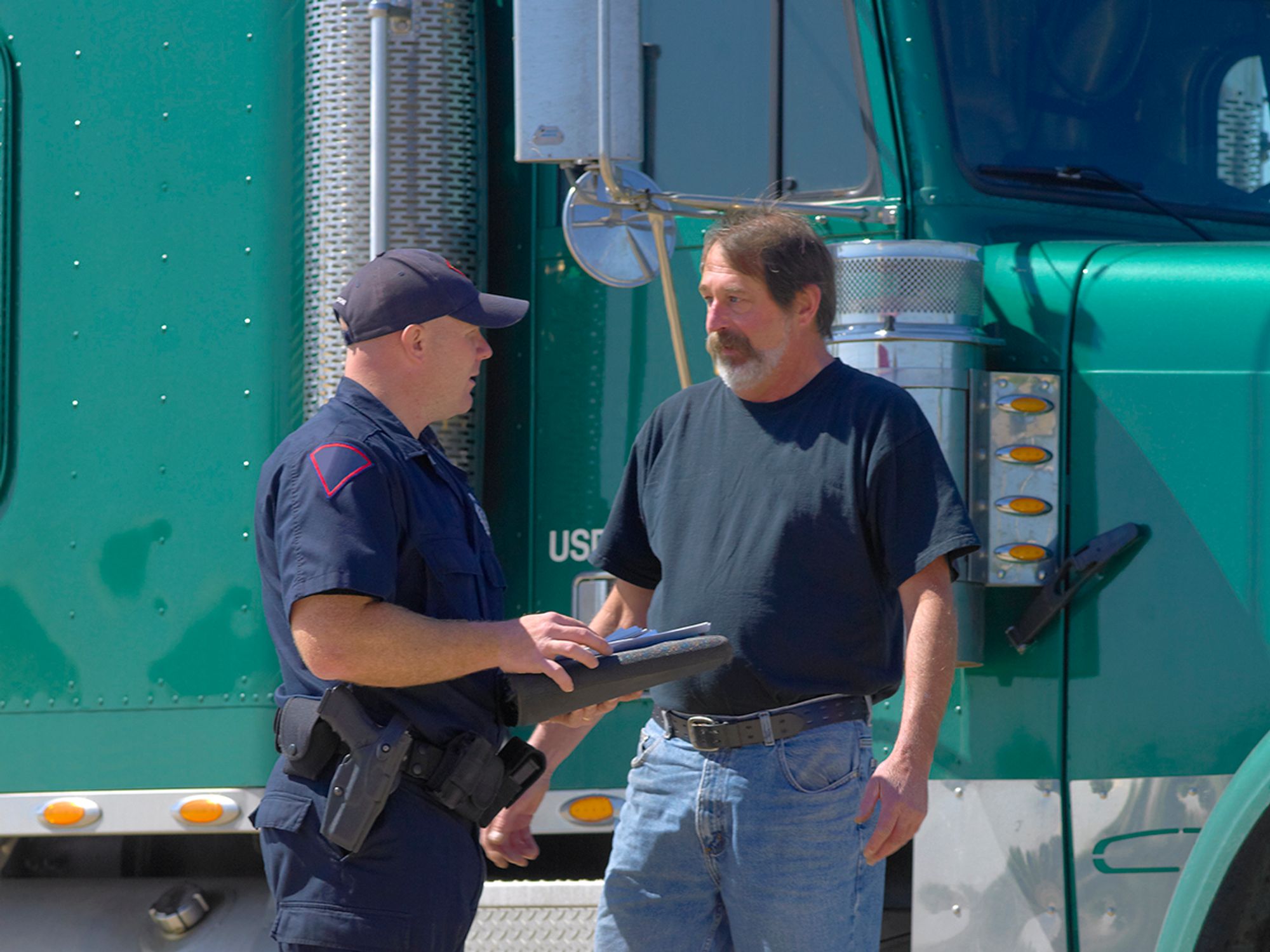How does the SMS measure safety performance?

- Using different weights, the SMS stores carrier and driver violation and crash data across seven categories, also known as BASICs.
- Carriers and drivers are ranked in percentages in relation to peers.
- Some violations and crashes count more heavily than others.
The Safety Measurement System (SMS) takes a carrier’s or driver’s violation data and compares it to a list of over 1,000 specific regulation violations across seven categories. The categories are known as the Behavior Analysis and Safety Improvement Categories (BASICs) and include:
- Unsafe Driving,
- Hours-of-Service (HOS) Compliance,
- Driver Fitness,
- Controlled Substances (drugs) and Alcohol,
- Vehicle Maintenance,
- Hazardous Materials (HM) Compliance, and
- Crash Indicator.
The crash indicator contains crash history, so it’s not based on any specific violations but rather is a consequence of a failure in the other BASICs.
After a carrier or driver’s violations and/or crashes are classified into the BASICs, the violations or details of the crash are assigned different weights, that is, some violations or crashes will count more heavily than others. This weighting is based on such factors as:
- How long ago the violation or crash took place,
- The relative severity of the violation or crash, and
- Whether the driver or vehicle was placed out of service.
The weighted scores in each BASIC become the measure for that BASIC, a raw number indicating that carrier’s or driver’s performance on the BASIC.
Finally, the BASIC measure is used to assign a percentile rank, from 0% to 100%, which grades the carrier or driver in relation to peers. This is the Compliance, Safety, Accountability (CSA) BASIC score, and it allows the evaluation phase to begin, in which poor safety performers can be spotted and singled out for intervention or other enforcement actions.
